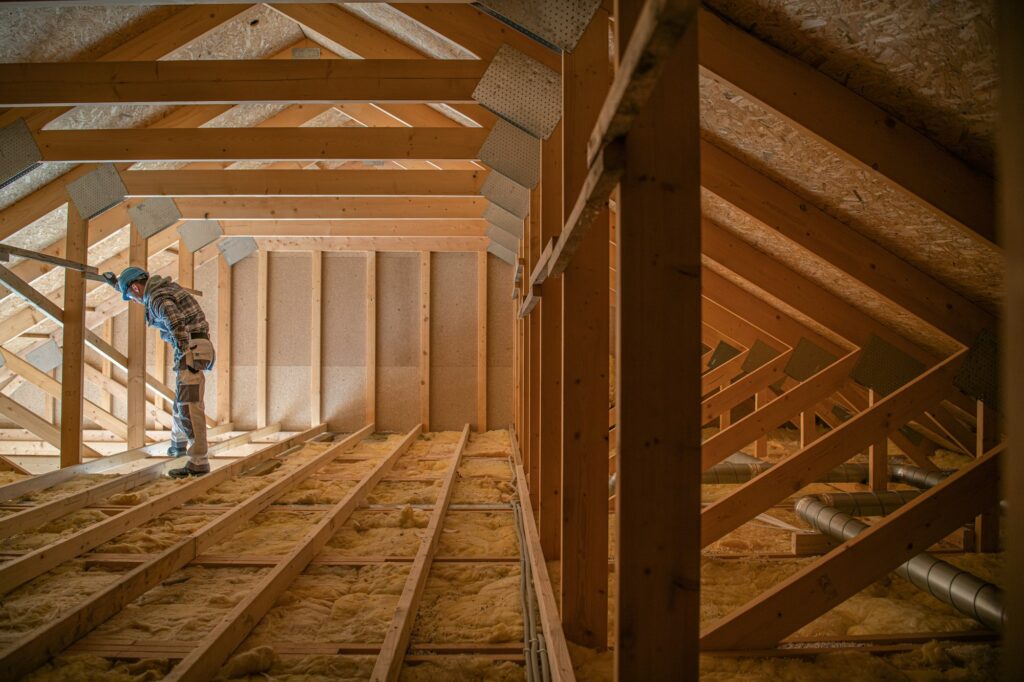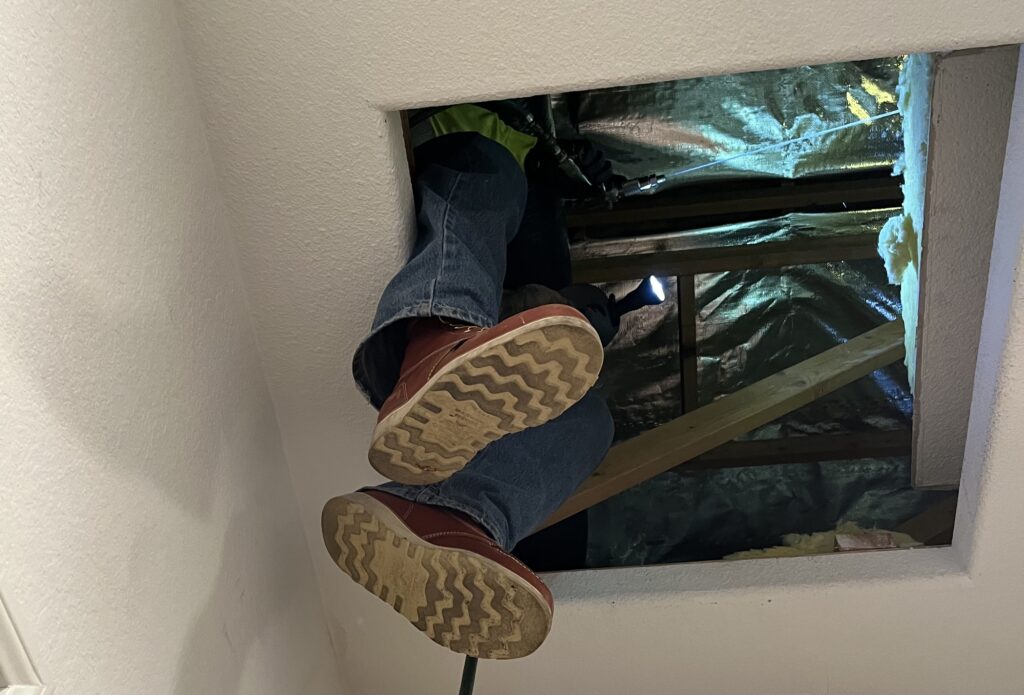Your home is a significant investment, and one of the key areas often overlooked is the attic. An attic inspection is more than just checking for forgotten treasures or seasonal decorations; it’s a crucial step in safeguarding the structural integrity of your home. In this blog post, we’ll delve into the essentials of attic inspection, guiding you through the process of protecting your investment and ensuring a healthy home environment.

The Importance of Attic Inspection
The attic serves as a critical component of your home’s overall health. A well-maintained attic contributes to energy efficiency, proper ventilation, and prevents potential issues that can compromise the structural integrity of your property. Regular inspections are vital for identifying problems early on and addressing them before they escalate.
Inspecting for Pests and Infestations
Pests, including rodents and insects, can find their way into attics, causing damage to insulation, wiring, and wooden structures. During your attic inspection, be vigilant for signs of pest infestations such as droppings, gnawed wires, or chewed insulation. Early detection allows for prompt intervention to protect your investment.
Checking for Water Damage
Attics are particularly vulnerable to water damage, whether from leaks in the roof, damaged flashing, or condensation issues. Look for water stains, mold growth, and warped or discolored wood. Addressing water damage promptly is crucial to prevent further deterioration and potential health hazards.
Assessing Insulation and Ventilation
Proper insulation and ventilation are key components of a healthy attic. Insufficient insulation can lead to energy loss, while poor ventilation can cause moisture buildup, fostering mold and mildew growth. During your inspection, ensure insulation is evenly distributed and check that vents are clear and functioning correctly.
Electrical and Wiring Inspection
Attics often house electrical components and wiring. Inspect these areas for signs of wear, fraying, or exposed wires. Addressing electrical issues promptly can prevent fire hazards and ensure the safety of your home.
Identifying Structural Concerns
Examine the structural components of the attic, including rafters, trusses, and support beams. Look for signs of sagging, cracking, or insect damage. Identifying and addressing structural concerns early on is essential to maintaining the overall stability of your home.
An attic inspection is more than a routine chore; it’s an investment in the longevity and health of your home. By regularly assessing and addressing potential issues, you not only protect your investment but also create a safer and more comfortable living environment. Make attic inspection a priority, and you’ll be rewarded with peace of mind knowing that your home is well-maintained and ready to withstand the test of time.

